Have a cup of iced coffee. Introduction to Japanese coffee culture.
For professional baristas, please follow the coffee workshop (Wechat official account cafe_style)
If you want to drink coffee in Japan, you can go to convenience stores, "Blue Bottle Coffee" and other third-wave coffee shops, tea shops and other stores. Iced coffee is a unique Japanese drink. This article will introduce the unique coffee culture of Japan.
Blue Bottle Coffee marched into Japan. Summary of Japanese Coffee

The Japanese like coffee very much, and their consumption ranks fourth in the world. There are numerous coffee and tea shops on the streets. In addition, the third wave of coffee such as "Blue Bottle Coffee" in the United States has entered the Japanese market one after another, and orthodox value coffee can also be bought in convenience stores. In addition to "canned coffee" and "iced coffee" that are not often seen overseas, Japan has also developed a unique coffee culture such as "fine breakfast service" where a cup of coffee is served with bread and eggs in a coffee shop in the morning. If you love coffee, you might as well come and have a look at the incredible coffee culture in Japan.
Unique coffee in Japan

What comes from Japanese coffee culture and is not yet popular overseas are canned coffee and iced coffee. In addition, the way of adding cream to coffee is also a unique Japanese culture. In Japan, milk is usually used instead of milk.
Canned coffee
Canned coffee, as its name suggests, can be poured into cans such as canned juice and can be bought in supermarkets or vending machines. In addition to black coffee, there are all kinds of canned coffee, such as coffee with sugar or cream. Canned coffee is like a savior if you want to drink coffee when you commute in the morning or at work, but you don't have time to go to the teahouse. Canned coffee is about 120 kilos a bottle, and being able to enjoy coffee easily at a cheap price is also one of its charm.
Iced coffee
Although iced coffee is also available overseas, ice cream is mostly served on coffee Olei or added with syrup, so it mostly gives the public the impression of "dessert" rather than coffee. But the iced coffee in Japan is to brew the stronger coffee first and then add ice cubes, so you can enjoy the delicious coffee. The shop usually provides black coffee, while granulated sugar is added according to preference. Iced coffee is very suitable for the muggy season in Japan, and it is even more popular than hot coffee in summer. After adding ice, the flavor is more refreshing, one mouthful after another.
Japanese milk balls and syrup
After ordering black coffee in a Japanese coffee shop, the clerk usually asks, "would you like cream or sugar?" Japanese cream and European and American milk are actually completely different things. When it comes to adding milk to coffee overseas, it means milk, but in Japan it is a thick cream called milk ball. The capacity of each serving will be contained in a small white container. It is true that the flavor will be more moisturized when cream is added to coffee, but it may be surprising not to know that Japanese cream is completely different from overseas milk. In addition, ordering iced coffee is usually accompanied by syrup, which is also unique in Japan. The syrup will be placed in a small container, such as a milk ball, in a transparent color. Because granulated sugar is not easy to dissolve in iced coffee, syrup is developed, which can be dissolved quickly by adding iced coffee. It is also characterized by a mellow and sweet flavor slightly different from that of granulated sugar.
Exquisite breakfast
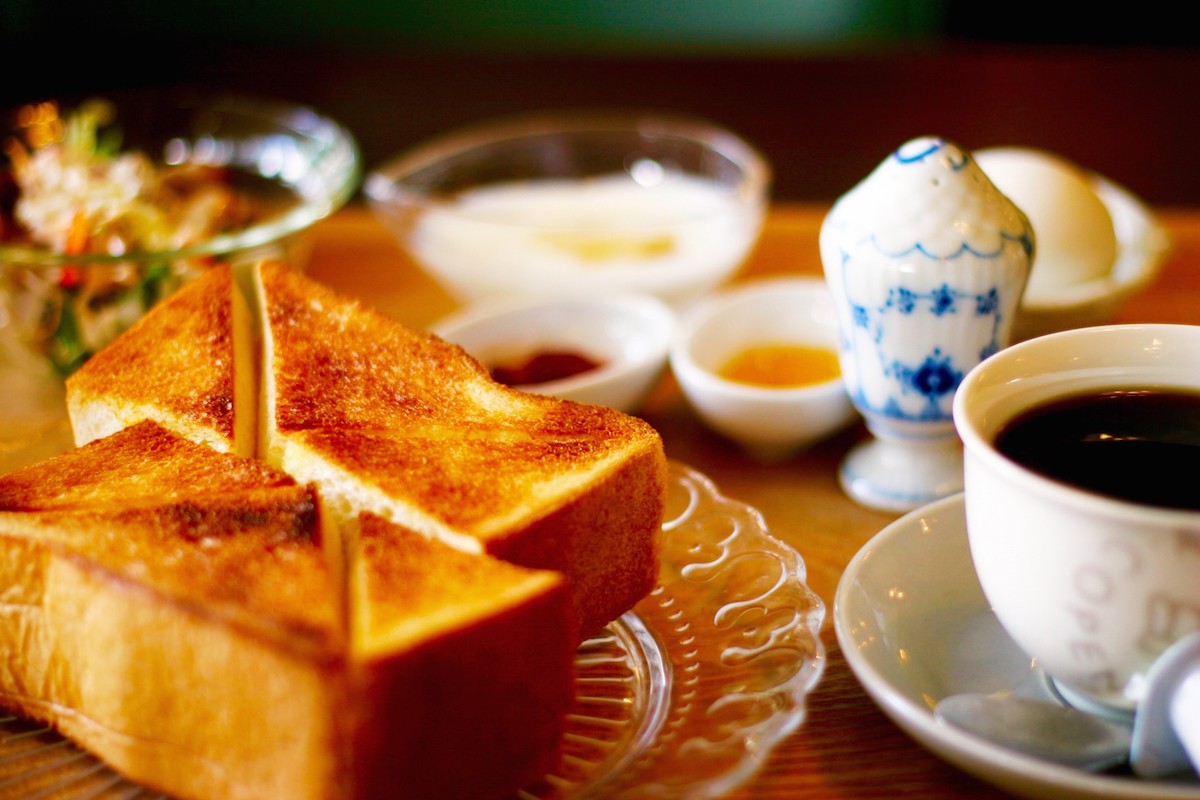
If you come to a coffee shop or restaurant to order coffee in the morning, some stores will give it free or add some toast, egg food and salad at a fairly cost-effective price, which is called breakfast service or breakfast in Japan. Office workers usually use this service more often before they go to work. Breakfast service is open from coffee shop to around 11:00 in the morning. This service is said to come from Nagoya, where many coffee shops and restaurants specialize in deluxe breakfast service. If you want to experience breakfast, it is recommended to go to the coffee chain from Nagoya. Order a cup of coffee and get free bread, boiled egg and red bean stuffing. Today, Kashiro has branches all over Japan, so you don't need to go to Nagoya to experience a Nagoya-style breakfast.
The third wave of coffee
The third wave of coffee soon spread to the Japanese who attached great importance to coffee. The third wave of coffee, such as "Blue Bottle Coffee", which is very popular in the United States, has also entered the Japanese market one after another. The third wave of coffee attaches great importance to the origin and baking methods of coffee beans. Each cup of coffee is carefully brewed after freshly ground coffee beans. The style of leisurely enjoying fashionable coffee is especially popular among young people.
Coffee from the convenience store
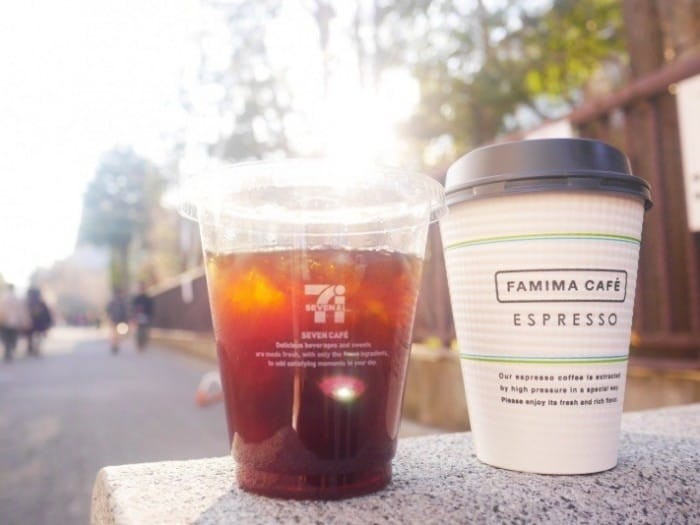
Selected from the party that heard the news, heard the news, and made the news.
Coffee is also available in convenience stores. The price is cheap, ranging from 100 to 300 cents per cup. Convenience stores insist on coffee beans and roasting, so they can provide low-cost, high-quality coffee for the masses. Coffee from Japanese convenience stores makes it easy for everyone to enjoy coffee at any time! so it is welcomed by all ages. In addition to black coffee, there are iced coffee and latte, which everyone can choose according to their mood.
Chain coffee shop

It is selected from the shop structure of the natural beauty shop, the rich mountain and the water park shop.
In Japan, apart from overseas coffee chains such as Starbucks and TULLY'S, there are also many Japanese chain coffee shops such as DOUTOR, Renoir and tea shops. The price of coffee ranges from 250 to 500 cents per cup. In addition to coffee drinks such as hot coffee, iced coffee, latte and cappuccino, there are also light foods such as black tea, fruit juices and sandwiches. The coffee shop is bright and clean, so many people bring laptops to work while drinking coffee in the shop. If you are tired during the trip, you might as well come to the coffee shop and have a rest for a while.
Tea shop
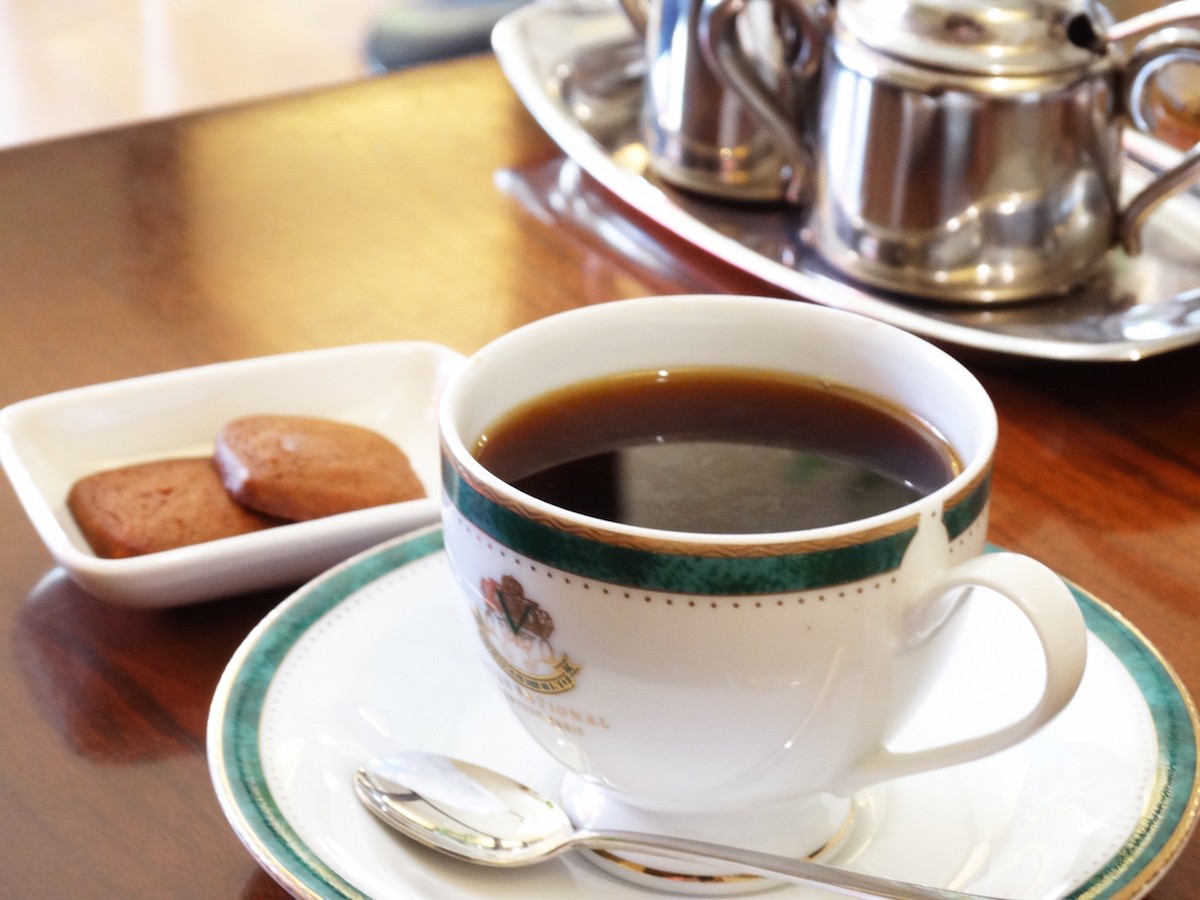
Japanese tea shops are also very popular. Coffee ranges from 350 to 800 kilos per cup, and the unit price is higher. The store usually has a sense of retro that chain stores do not have, so many guests not only have coffee, but also come for the atmosphere of the store. Some stores also offer delicious desserts such as muffins and homemade pudding. Japan also has coffee culture such as iced coffee and exquisite breakfast, which makes you feel inconceivable. As long as you taste it once, you should be able to understand why coffee can capture the hearts of the Japanese, and even take root in Japan for years. You might as well experience the unique coffee culture in Japan.
Important Notice :
前街咖啡 FrontStreet Coffee has moved to new addredd:
FrontStreet Coffee Address: 315,Donghua East Road,GuangZhou
Tel:020 38364473
- Prev
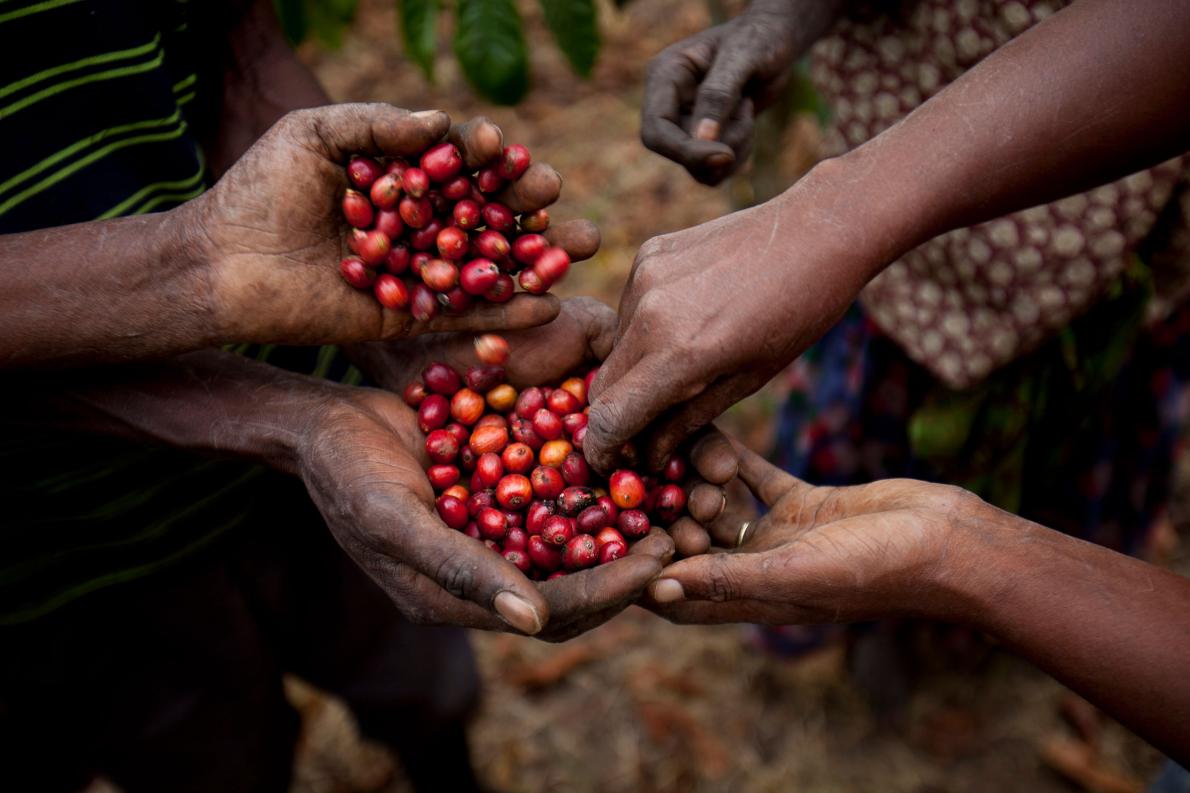
The story of coffee producing areas | where will the small coffee farmers in Uganda go when the coffee crisis is coming?
Professional baristas Please follow the Coffee Workshop (Wechat official account cafe_style) Uganda is pinning its hopes on the most valuable crops, but must overcome the obstacles to climate change. Coffee farmers in Kasese, Uganda, harvest ripe coffee cherries. PHOTOGRAPH BY JONATHAN TORGOVNIK, GETTY IMAGES Uganda live ── Mountain
- Next
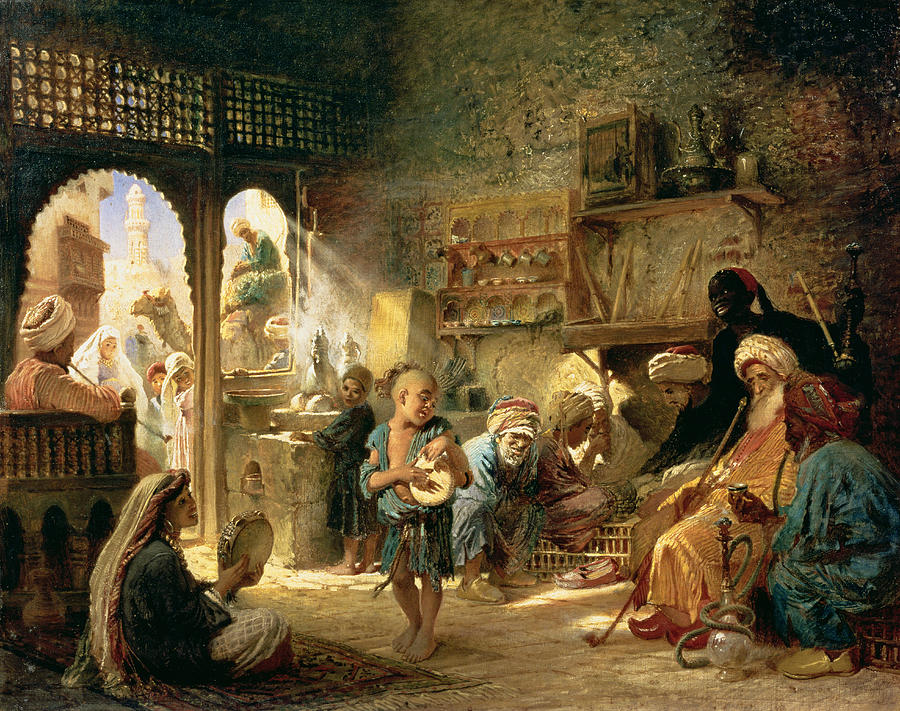
What are the legends about the origin of coffee? Telling stories from legend to history
The story of coffee in the coffee workshop (Wechat official account cafe_style) dates back several generations, spans more than 1000 years, and, like so many events on Earth, is still wrapped in fog. The story of coffee is the journey of a brown seed, full of mystery and wonder. Every time we drink coffee, it's like
Related
- How did the Salvadoran coffee industry develop in Central America?
- What exactly does the golden cup extraction of coffee mean?
- The Origin of Coffee flower
- [2023 Starbucks World Earth Day] there are more meaningful things besides free Starbucks coffee!
- What kind of coffee is there in Spain? 9 Flavors of Spanish Coffee
- Aromatic African coffee| Kenya's coffee culture and historical production area
- Liberica Coffee Bean knowledge: the characteristics of Liberian Coffee beans of the three original species of Coffee beans
- The origin and formula of Spanish latte introduces the taste characteristics of Bombon coffee in Valencia, Spain.
- How to adjust the solution of over-extracted coffee
- What is the tasting period of coffee beans? What is the period of coffee and beans? How should coffee wake up and raise beans?

